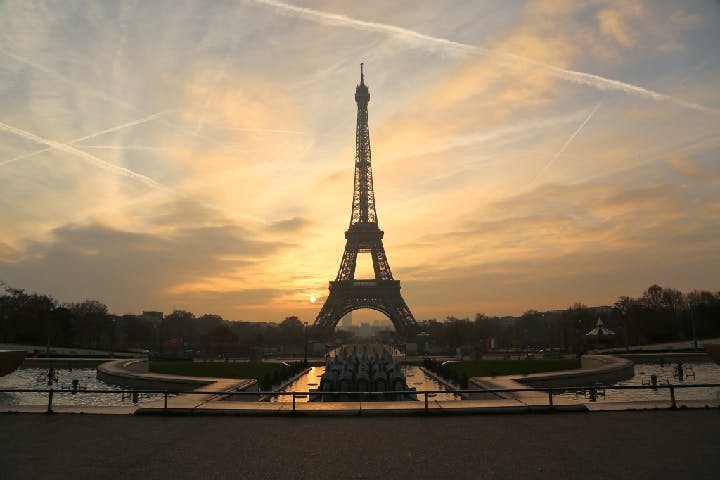Spring 2009
The Barbarous Black Skeleton
– The Wilson Quarterly
The Eiffel Tower, now the iconic symbol of Paris, was despised at first for being too American.
The Eiffel Tower, universal symbol of Paris and destination of more than 200 million visitors, was almost as avidly hated by the French when it was built as it is beloved today, in part for a startlingly familiar reason—it was too American.
Gustave Eiffel reigned as one of France’s premier engineers when French engineering set the standard for the world. Builder of soaring bridges, elegant train stations, and other works in iron from La Paz to Budapest, he was selected from 107 contestants to build a monument for the Paris Exposition of 1889. Before the Eiffel Tower had risen higher than its cyclopean feet, writes Frederick Brown, author of numerous books on French history and culture, a “Protestation des Artistes” was published in a leading newspaper. The 47 signatories attacked the tower as a “gigantic black smokestack beetling over Notre Dame . . . humiliating our monuments with its barbarous mass.” So disgraceful was the tower that “even commercial America would not want [it] on its soil.”
“Mercantile fantasies” of an engineer were fouling Paris, critics said. France was becoming “more American than America.” Catholics called the tower the work of revolutionaries expounding secularism with “phallic arrogance.” Nationalist zealots described the Eiffel Tower as a potential instrument of treason because optical telegraphy sent from its 1,000-foot heights could reach potential invaders in distant locales. Anti-Semites branded Eiffel a foreigner because his great-grandfather had emigrated from Westphalia nearly two centuries earlier. Foreigners, in the language of the time and place, meant Jews. Eiffel was not Jewish, but his tower was attacked as the product of a Jewish conspiracy that could be used by spies betraying Paris to “hordes from the East.”
The tower was twice the height of the world’s next tallest monument at the time, and held that record until the completion of the Chrysler Building in New York City in 1930. A leading religious newspaper predicted that the hubris of an engineer who tried to be “the equal of He who made mountains” would be punished, and four years later Eiffel was caught up in a scandal surrounding the collapse of a French company that had set out to build a Panama canal. Eiffel’s reputation was damaged, and he was heavily fined, but he went on to a life of scientific experimentation in meteorology and other fields. And, of course, he left his name on the monument that now represents the quintessence of all things Parisian.
* * *
THE SOURCE: “Eiffel’s Tower” by Frederick Brown, in The New England Review, Vol. 29, No. 4, 2008.
Photo courtesy of Flickr/Y Nakanishi
